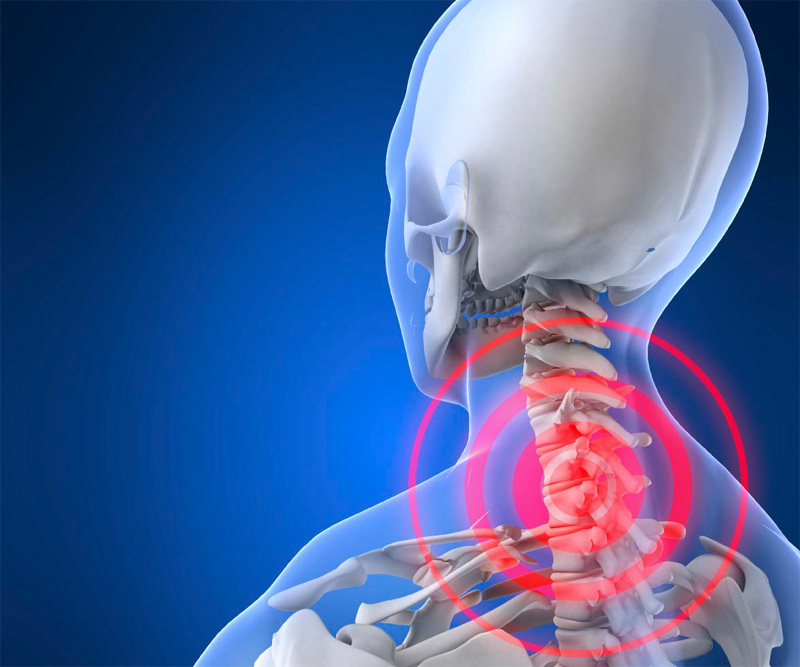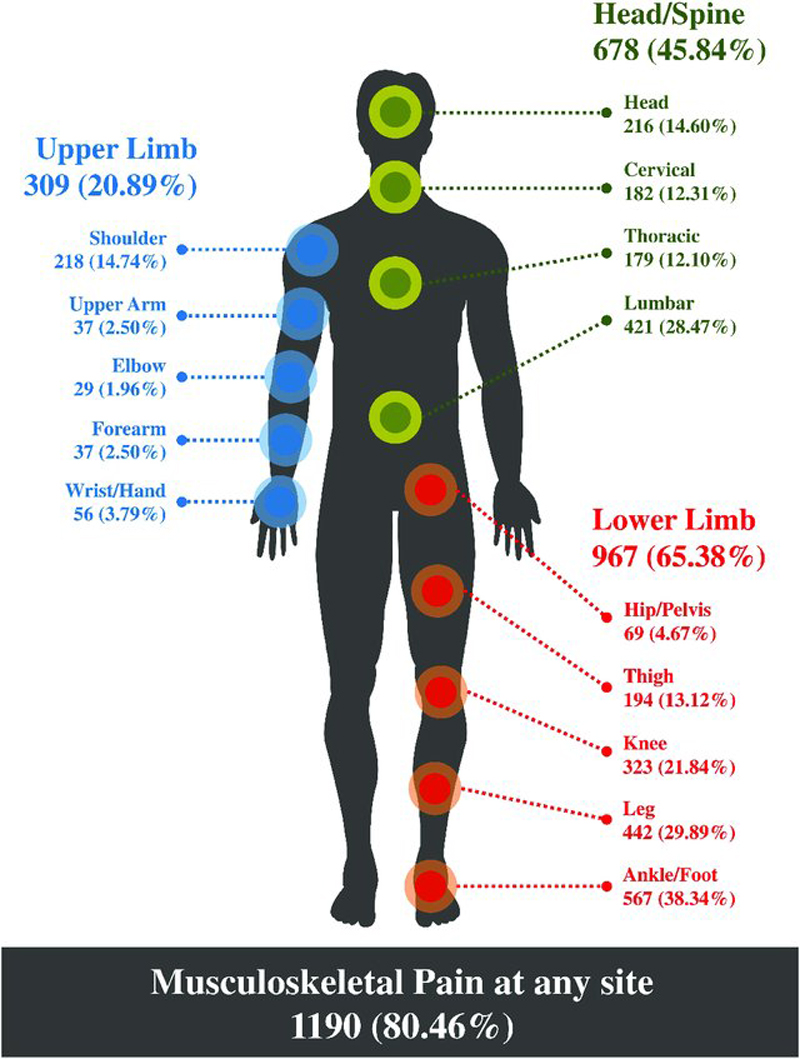Are Manual Therapies, Passive Physical Modalities, or Acupuncture Effective for the Management of Patients with Whiplash-associated Disorders or Neck Pain and Associated Disorders? An Update of the Bone and Joint Decade Task Force on Neck Pain and Its Associated Disorders by the OPTIMa Collaboration
SOURCE: Spine J. 2016 (Dec); 16 (12): 1598-1630
Jessica J. Wong, BSc, DC, FCCS(C); Heather M. Shearer, DC, MSc, FCCS(C); Silvano Mior, DC, PhD; Craig Jacobs, BFA, DC, MSc, FCCS(C); Pierre Côté, DC, PhD; Kristi Randhawa, BHSc, MPH; Hainan Yu, MBBS, MSc; Danielle Southerst, BScH, DC, FCCS(C); Sharanya Varatharajan, BSc, MSc; Deborah Sutton, BScOT, MEd, MSc; Gabrielle van der Velde, DC, PhD; Linda J. Carroll, PhD; Arthur Ameis, FRCPC, DESS, FAAPM&R; Carlo Ammendolia, DC, PhD; Robert Brison, MD, MPH; Margareta Nordin, Dr. Med. Sci.; Maja Stupar, DC, PhD; Anne Taylor-Vaisey, MLS
UOIT-CMCC Centre for the Study of Disability Prevention and Rehabilitation,
University of Ontario Institute of Technology (UOIT) and
Canadian Memorial Chiropractic College (CMCC);
Department of Graduate Studies,
Canadian Memorial Chiropractic College.

BACKGROUND CONTEXT: In 2008, the Bone and Joint Decade 2000-2010 Task Force on Neck Pain and Its Associated Disorders (Neck Pain Task Force) found limited evidence on the effectiveness of manual therapies, passive physical modalities, or acupuncture for the management of whiplash-associated disorders (WAD) or neck pain and associated disorders (NAD).
PURPOSE: This review aimed to update the findings of the Neck Pain Task Force, which examined the effectiveness of manual therapies, passive physical modalities, and acupuncture for the management of WAD or NAD.
STUDY DESIGN/SETTING: This is a systematic review and best evidence synthesis.
SAMPLE: The sample includes randomized controlled trials, cohort studies, and case-control studies comparing manual therapies, passive physical modalities, or acupuncture with other interventions, placebo or sham, or no intervention.
OUTCOME MEASURES: The outcome measures were self-rated or functional recovery, pain intensity, health-related quality of life, psychological outcomes, or adverse events.
METHODS: We systematically searched five databases from 2000 to 2014. Random pairs of independent reviewers critically appraised eligible studies using the Scottish Intercollegiate Guidelines Network criteria. Studies with a low risk of bias were stratified by the intervention’s stage of development (exploratory vs. evaluation) and synthesized following best evidence synthesis principles. Funding was provided by the Ministry of Finance.
RESULTS: We screened 8,551 citations, and 38 studies were relevant and 22 had a low risk of bias. Evidence from seven exploratory studies suggests that (1) for recent but not persistent NAD grades I-II, thoracic manipulation offers short-term benefits; (2) for persistent NAD grades I-II, technical parameters of cervical mobilization (eg, direction or site of manual contact) do not impact outcomes, whereas one session of cervical manipulation is similar to Kinesio Taping; and (3) for NAD grades I-II, strain-counterstrain treatment is no better than placebo. Evidence from 15 evaluation studies suggests that (1) for recent NAD grades I-II, cervical and thoracic manipulation provides no additional benefit to high-dose supervised exercises, and Swedish or clinical massage adds benefit to self-care advice; (2) for persistent NAD grades I-II, home-based cupping massage has similar outcomes to home-based muscle relaxation, low-level laser therapy (LLLT) does not offer benefits, Western acupuncture provides similar outcomes to non-penetrating placebo electroacupuncture, and needle acupuncture provides similar outcomes to sham-penetrating acupuncture; (3) for WAD grades I-II, needle electroacupuncture offers similar outcomes as simulated electroacupuncture; and (4) for recent NAD grades III, a semi-rigid cervical collar with rest and graded strengthening exercises lead to similar outcomes, and LLLT does not offer benefits.
There are more articles like this @ our:
CONCLUSIONS: Our review adds new evidence to the Neck Pain Task Force and suggests that mobilization, manipulation, and clinical massage are effective interventions for the management of neck pain. It also suggests that electroacupuncture, strain-counterstrain, relaxation massage, and some passive physical modalities (heat, cold, diathermy, hydrotherapy, and ultrasound) are not effective and should not be used to manage neck pain.
KEYWORDS: Acupuncture; Manual therapy; Neck pain and associated disorders; Passive physical modalities; Systematic review; Whiplash-associated disorders
From the Full-Text Article:
INTRODUCTION
Neck pain is a public health problem associated with disability, reduced health-related quality of life, and substantial health care system costs. [1–3] Numerous treatments, including manual therapies, passive physical modalities, and acupuncture, are commonly used to treat neck pain. [4, 5] However, few interventions have been demonstrated to be effective and most are associated with short-term benefits. [5]
Findings of the Bone and Joint Decade 2000-2010 Task Force on Neck Pain and Its Associated Disorders (Neck Pain Task Force) In 2008, the Neck Pain Task Force synthesized evidence on the effectiveness of manual therapies, passive physical modalities, and acupuncture for the management of whiplash-associated disorders (WAD) and neck pain and associated disorders (NAD) (Table 1). [5, 6]
For manual therapies, the Neck Pain Task Force [5] found that:
Read the rest of this Full Text article now!





Leave A Comment